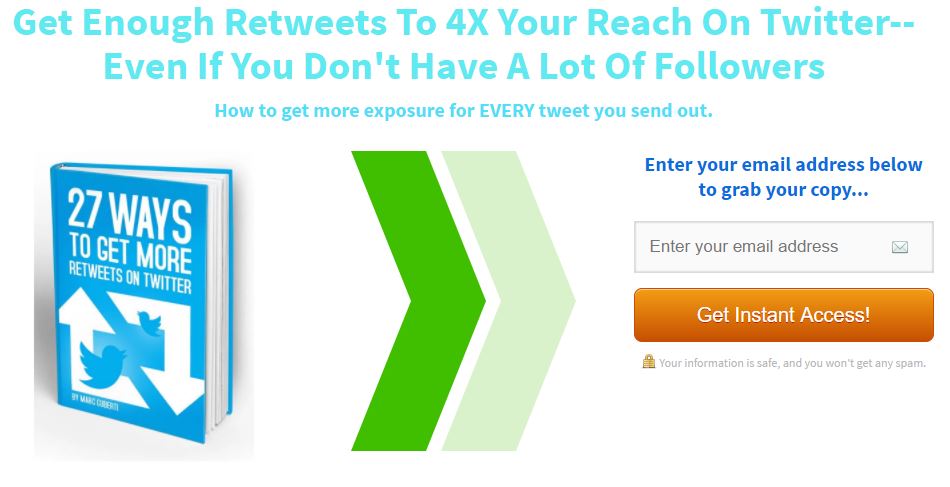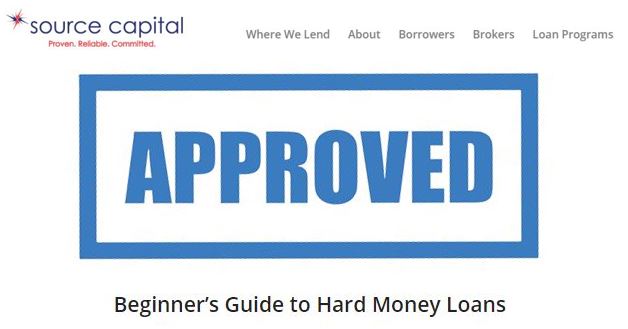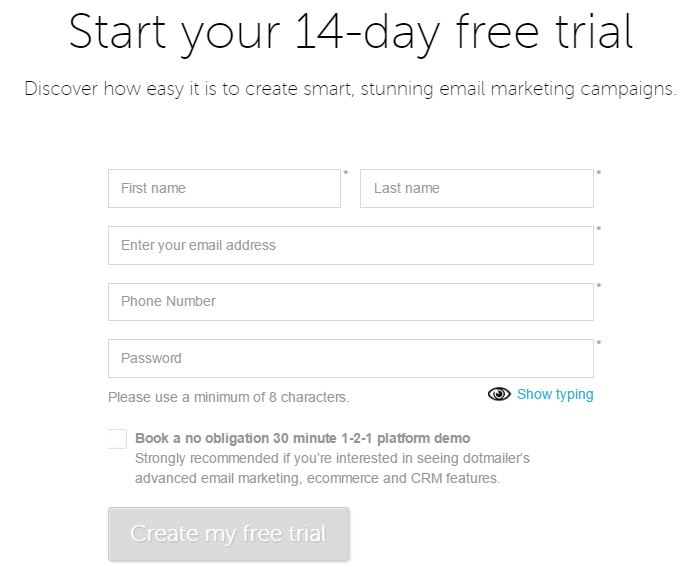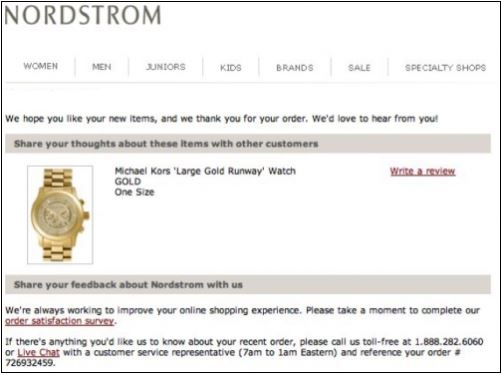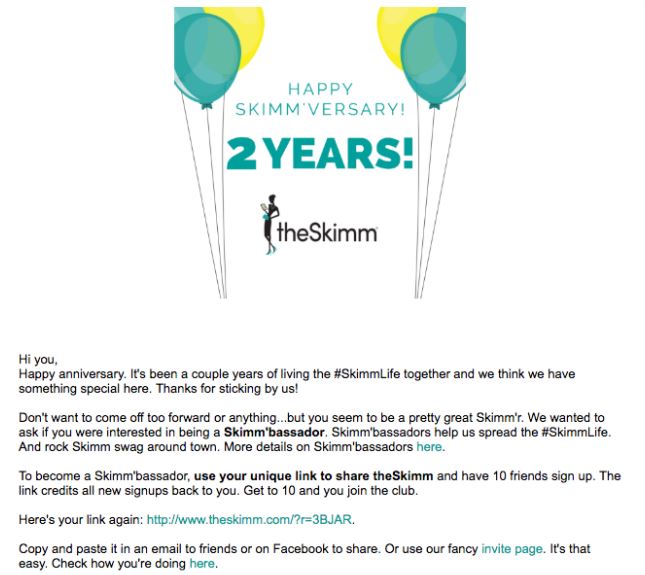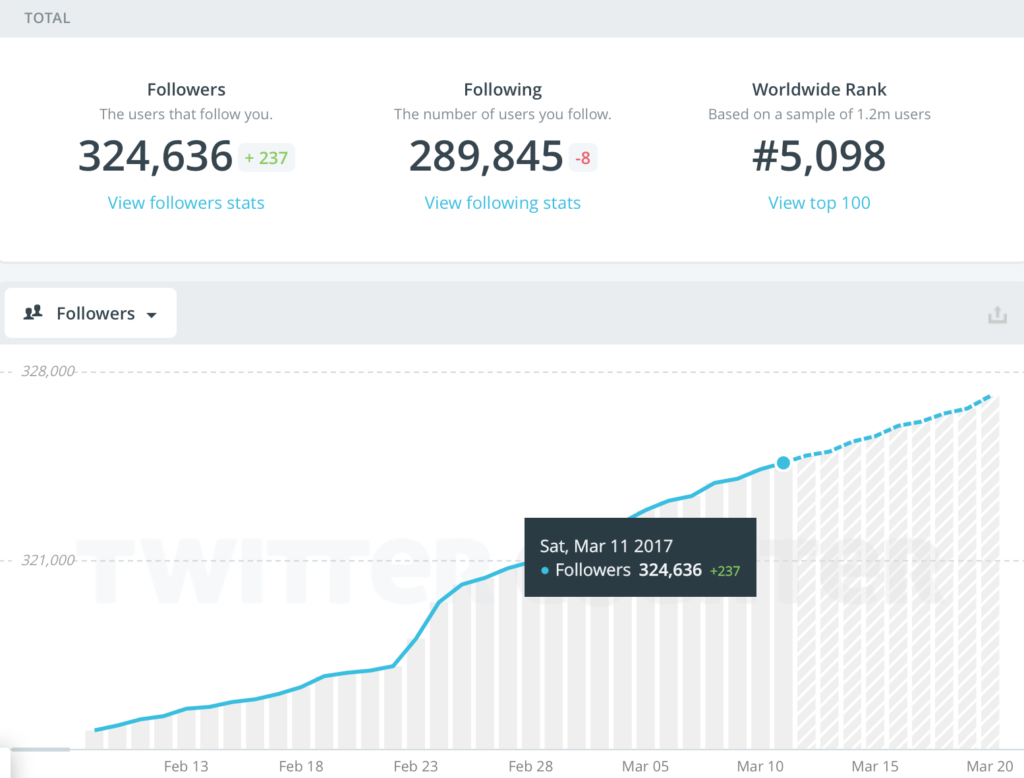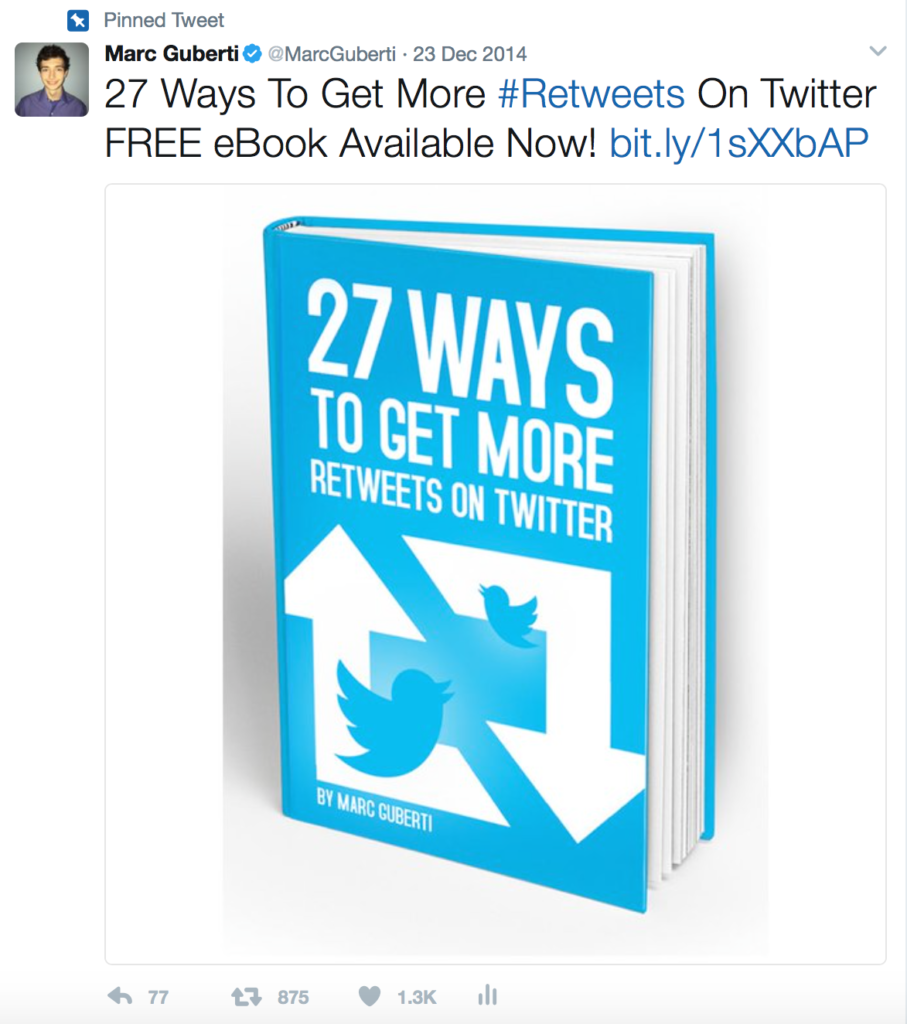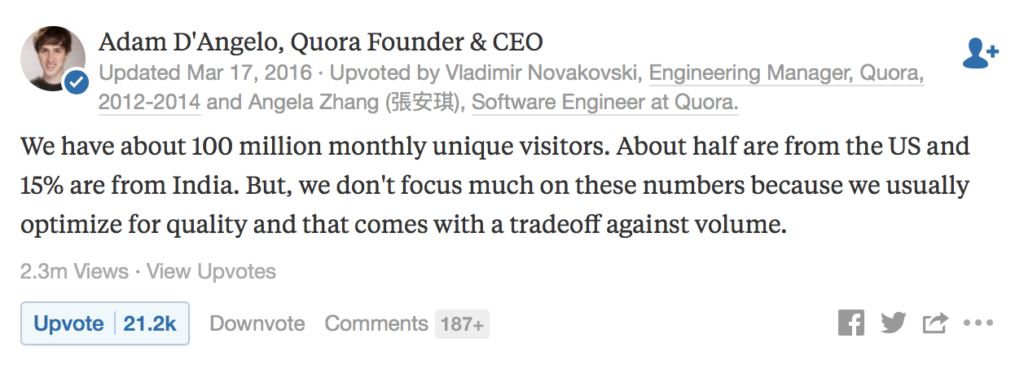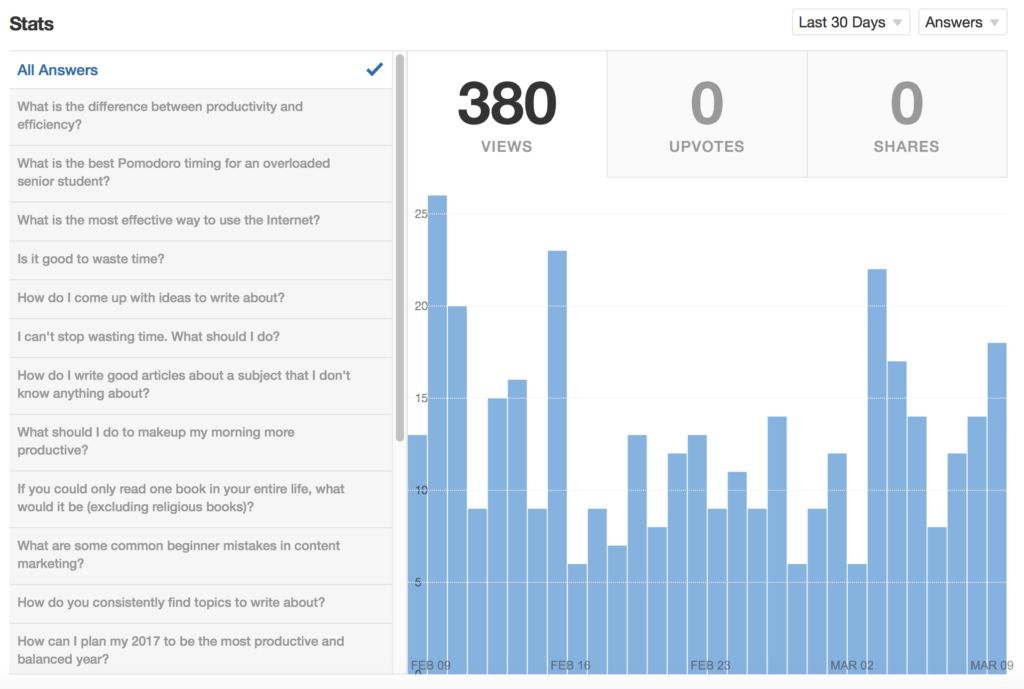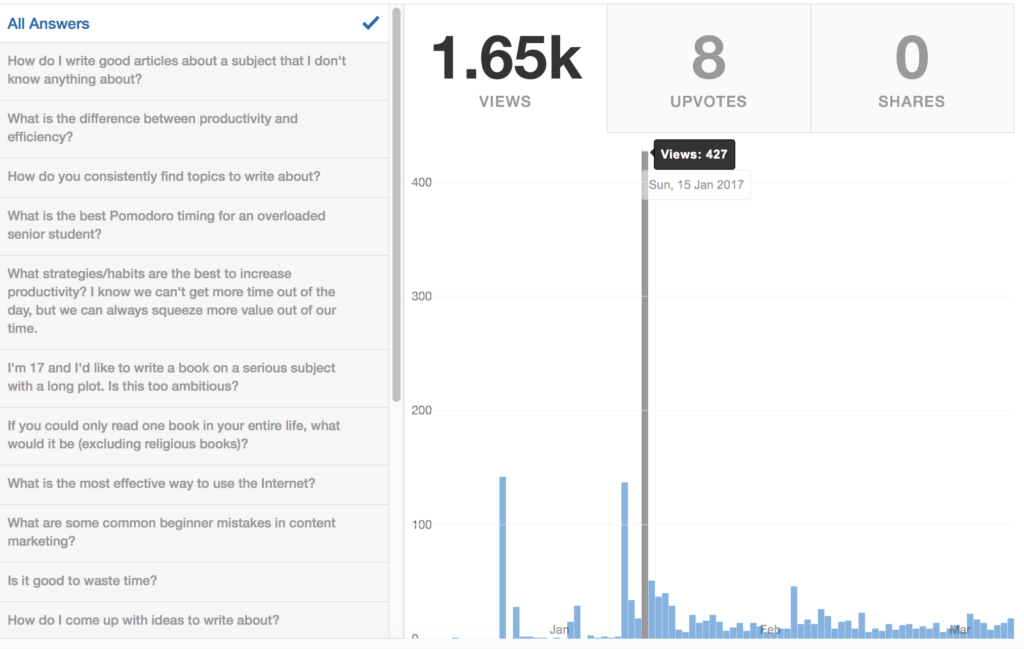One of the best ways to expand your brand is to build more relationships. You want as many people as possible to know about your brand. This creates the possibility for loyal customers and referrals.
With influencer marketing, anyone has the power to reach millions of people. The power of your reach depends on the quality and quantity of the relationships.
Initiating The Relationships
One of the best goals you can set is building at least three new relationships every day. That’s enough to have meaningful growth and also give your new relationships the quality they deserve.
My favorite way to initiate relationships and build them over time is to invite people as guests on my podcast. Not only do I provide them with an opportunity, but guests end up talking about themselves and their expertise for 30-45 minutes on my show.
Giving someone that much time to talk about themselves and their craft is a winning formula to building healthy relationships. I say that it’s just a winning formula because there are many out there, but this one is my favorite.
Regardless of how you initiate the relationship, you need to communicate with the person you want to build the relationship with. While an email conversation is the best online conversation, you can also communicate on social media and on their content.
Engage with their social media posts and leave comments on their newest stuff. Constantly be on people’s frame of mind. You can’t be everywhere for everyone but you can be everywhere for someone.
Generating Referrals
The short-term strategy for generating referrals is to ask for them. You need to build a basic foundation of clients and customers.
The most successful brands don’t ask for referrals as much as other brands. They value they provide to the marketplace is so immense that people refer business without receiving a request to do so.
The strategy for long-term referrals is to provide this immense value and attract a big enough audience that the referrals will start coming in on autopilot. You can still ask for referrals if that works for you, but understand that you should consider providing an intense amount of value to get instant referrals.
For instance, how many people mention Gary Vaynerchuk? How many of those people did Gary contact and request that they promote him? That’s the long-term strategy for generating referrals.
Nurture Your Relationships
The great thing about generating referrals is that quality relationships come your way as you initiate more relationship building on your own.
As you get involved in more relationships, you’ll master the quantity game. Now you need to master the quality game.
A quality relationship isn’t defined as quality based on who you have the relationship with. It’s not like one person who has a million followers is a higher quality relationship than the person with just a few hundred followers.
The level of quality is based on mutual trust and respect for each other’s respective crafts.
Even when you have a healthy relationship, keep building on it. Continue contacting people you’ve built relationships with. Comment on their blog posts, retweet them, and do anything else to stay on their radar.
To become successful, you must have a long-term oriented mindset. Nurturing relationships allows you to take a long-term approach within influencer marketing.
Daily Action
Every day, you should do at least one thing to strengthen an existing relationship AND develop a new one.
If you want to achieve success in any area, take daily action. If you find it difficult for you to take action, write a list of reasons for why you need to take action.
Strengthening your why power will fuel you with the motivation you need to take massive action more often. Just as importantly, make sure you take the right action. Not all activities are created equal, and influencer marketing is one of the top activities you need to pursue.
Make sure you only devote your time towards the activities that will lead to the most growth. To get clear on what types of actions you take, set a challenge to track your time this week.
Write down each activity you do and how much time you devote to that activity. When you track your time, you’ll discover what areas you aren’t focusing on enough and what you can eliminate.
You can find extra time in your day for influencer marketing just by tracking your time. This will make it easier for you to apply daily action towards nurturing and building relationships.
Get In Partnerships
If you get people to share your content and products, your message spreads. Each time someone tells their friends about my brand or something I created, my impact expands.
Getting into partnerships is one of the best ways to expand your reach without paying a penny. Instead of investing dollars towards ads, you invest time towards relationships.
Some of these relationships may lead to affiliate promotions. When I hosted the Content Marketing Success Summit, a big percentage of that traffic was from affiliates. I built relationships with those affiliates by applying everything in this blog post.
For some of those affiliates, I went the extra mile. I had promoted some of my affiliates’ offers to my audience in the past. In return, when I asked some of these people about the summit, they promoted the summit. Some of the summit affiliates were also speakers and/or had been interviewed on my podcast.
Of course, if you expect people to promote your content and offers, you must also help them when they ask you. The best, long-lasting relationships are mutual.
In Conclusion
Influencer marketing is growing in importance. While any marketing method has the intent of reaching an audience, influencer marketing places a focus on building relationships that can reap a great harvest later.
You should never build a relationship solely to use someone or because someone has a large audience. However, as relationships become more healthy, and an opportunity presents itself, some of the influencers you built relationships with will be happy to give you a helping hand.
What are your thoughts on these tactics for leveraging influencer marketing? Do you have any tactics for us? Do you have a question for me? Sound off in the comments section below.






